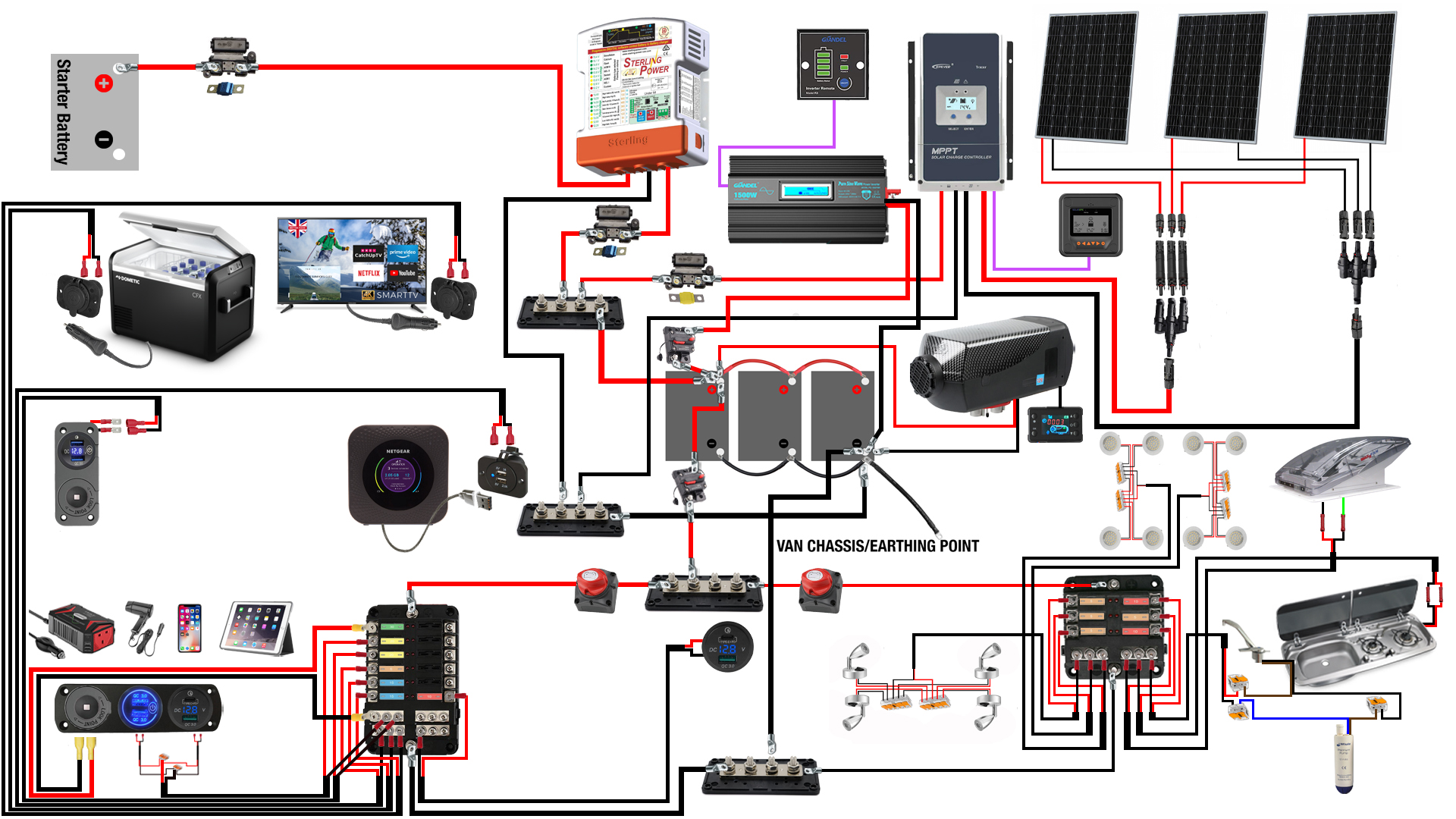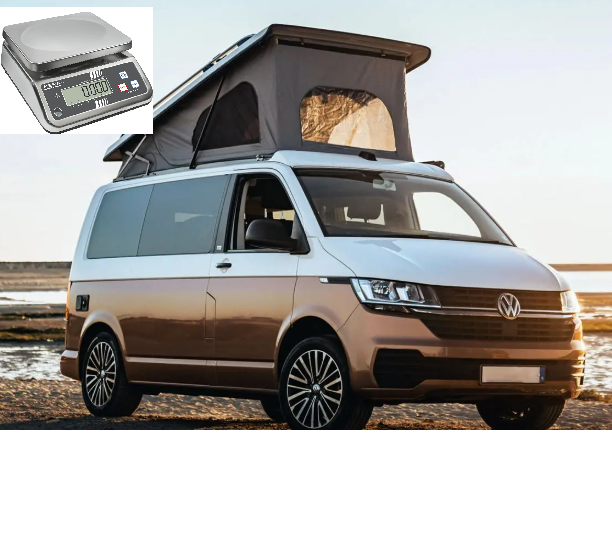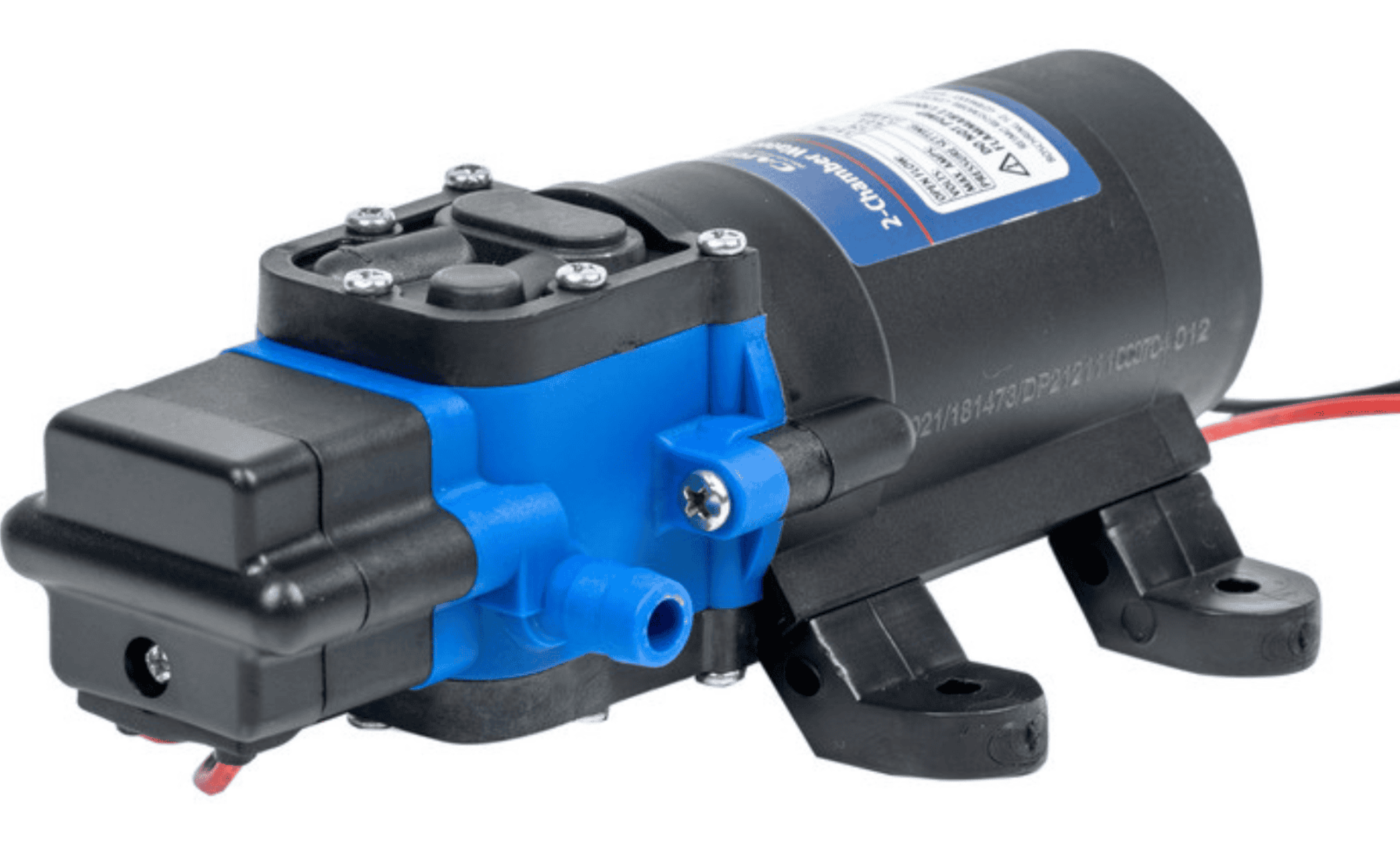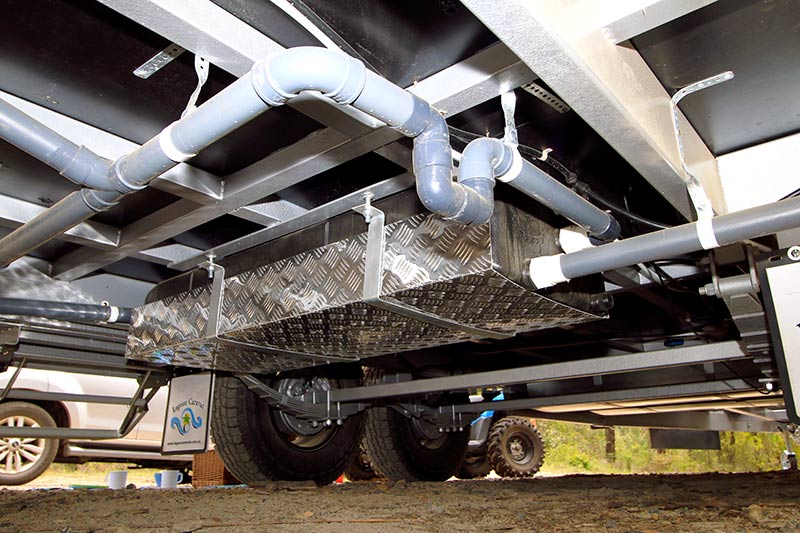Embarking on a campervan conversion is an exciting journey, promising freedom and off-grid adventures. However, before you hit the open road, understanding the electrical heart of your mobile home is crucial. The 12V system is the lifeblood of your campervan, powering everything from lights and appliances to charging devices. This comprehensive guide will delve into the intricacies of a 12V system, its purpose in a campervan conversion, and how to optimize it for your needs.
What is a 12V System?
A 12V system refers to an electrical system that operates on 12 volts of direct current (DC). This is the same voltage found in most car batteries, making it ideal for powering various devices in a mobile environment. Unlike the 230V alternating current (AC) found in household outlets, 12V DC is safer and more efficient for battery-powered systems.
Why is a 12V System Essential in a Campervan Conversion?
In a campervan conversion, a 12V system serves several critical purposes:
- Off-Grid Power: It provides a reliable power source when you’re away from traditional electrical hookups, allowing you to enjoy the freedom of wild camping.
- Lighting: Powering LED lights, which are energy-efficient and provide ample illumination for your living space.
- Appliances: Running essential appliances like refrigerators, water pumps, fans, and even some smaller microwaves or induction cooktops (with proper power management).
- Charging Devices: Charging smartphones, laptops, cameras, and other electronic devices.
- Entertainment: Powering TVs, sound systems, and other entertainment devices.
- Safety: Operating carbon monoxide detectors, smoke alarms, and other safety equipment.
Components of a 12V System in a Campervan:
A well-designed 12V system typically includes the following components:
- Leisure Battery: The heart of the system, storing the electrical energy. Deep cycle batteries, like AGM or lithium, are recommended for their ability to handle repeated discharge and recharge cycles.
- Charging Sources:
- Alternator Charging (Vehicle Charging): Charging the leisure battery while the engine is running using a voltage-sensitive relay (VSR) or a battery-to-battery charger (B2B).
- Solar Panels: Harnessing solar energy to charge the leisure battery, providing sustainable off-grid power.
- Shore Power (230V Hookup): Charging the leisure battery when connected to an external power source using a battery charger.
- Fuse Box/Distribution Panel: Protecting the system from overloads and short circuits, distributing power to various circuits.
- Wiring: Properly sized wires to handle the current load and minimize voltage drop.
- Switches and Outlets: Providing convenient access to power for various devices.
- Battery Monitor: Displaying the battery’s state of charge and other vital information.
- Inverter (Optional): Converting 12V DC to 230V AC, allowing you to power household appliances.
Designing Your 12V System:
When designing your 12V system, consider the following factors:
- Power Consumption: Calculate the power requirements of all the devices you plan to use.
- Battery Capacity: Choose a leisure battery with sufficient capacity to meet your power needs.
- Charging Strategy: Determine the best charging sources for your travel style and needs.
- Safety: Prioritize safety by using properly sized fuses, wires, and other components.
- Wiring Diagrams: Create a detailed wiring diagram to ensure proper installation and troubleshooting.
Optimising Your 12V System:
To maximise the efficiency and longevity of your 12V system:
- Use LED Lighting: LED lights are highly energy-efficient, reducing power consumption.
- Choose Energy-Efficient Appliances: Opt for appliances designed for 12V systems.
- Monitor Battery Usage: Regularly monitor your battery’s state of charge to prevent deep discharge.
- Maintain Your System: Regularly inspect and maintain your system to ensure optimal performance.
- Consider Lithium Batteries: Lithium batteries offer significant advantages over traditional lead-acid batteries, including longer lifespan, faster charging, and higher energy density.
- Install a Battery to Battery charger: This device will manage the charge from the alternator to the leisure battery far more effectively than a voltage sensitive relay.
By understanding the principles of a 12V system and carefully planning your installation, you can create a reliable and efficient power source for your campervan adventures. Happy travels!




